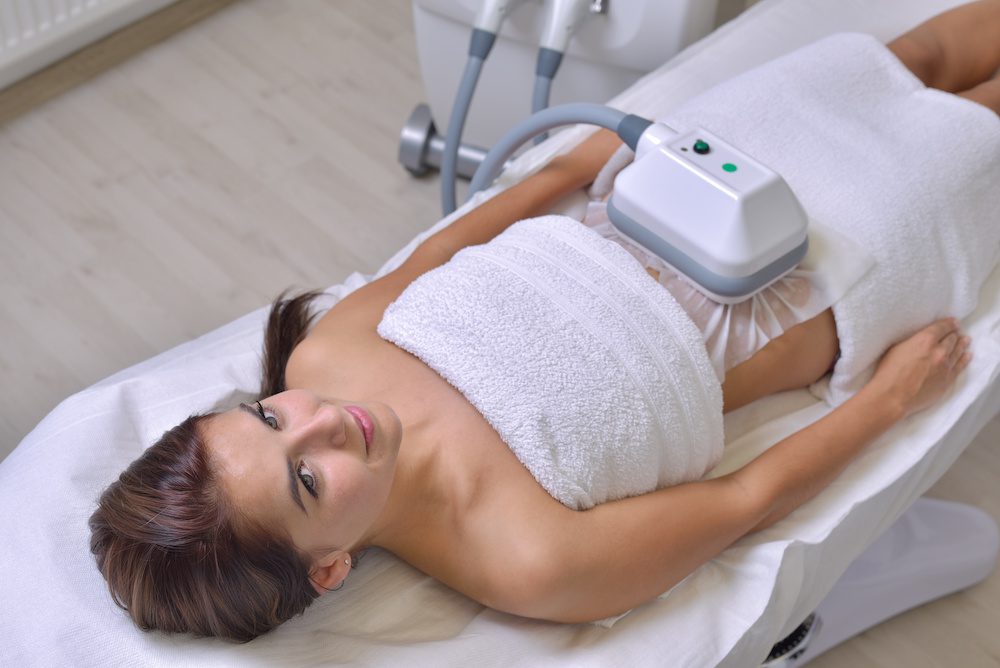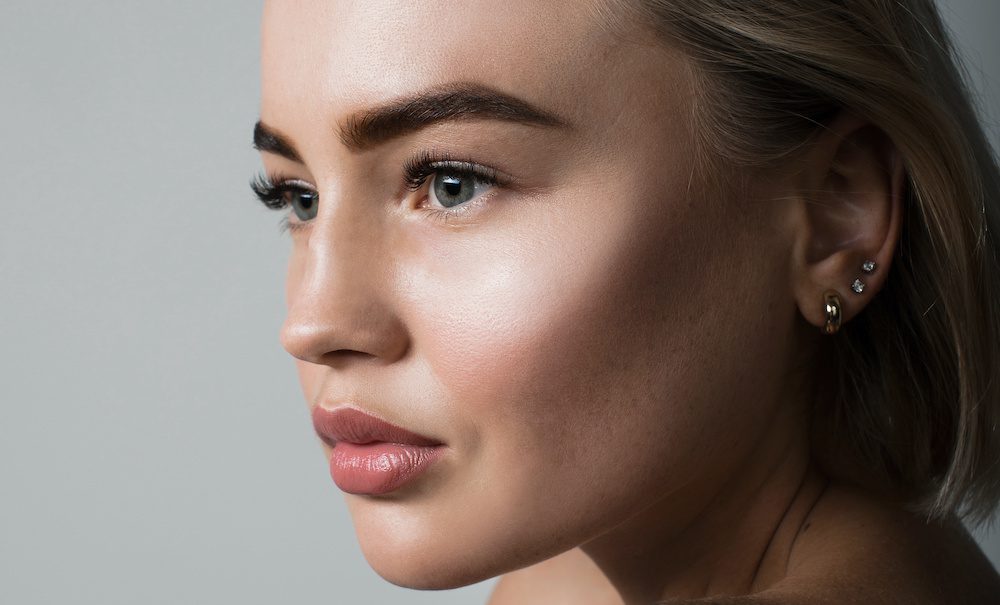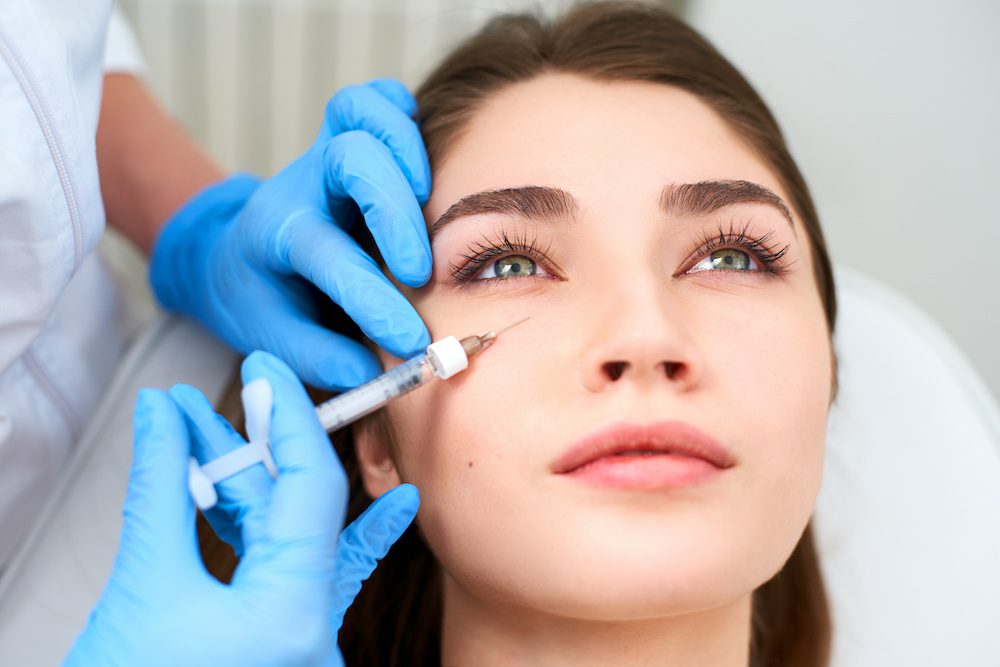CoolSculpting is the up-and-coming highly effective way to selectively remove fat deposits from particular parts of the body. It uses cooling pads to chill unwanted fat cells until they’re damaged, after which they are naturally disposed of by the body. It’s a non-invasive procedure, and it doesn’t involve any injections.
In the hands of a skillful practitioner, it’s possible to achieve very natural-looking results after only a couple of visits.
Even though the procedure does not require any significant recovery time, there are several precautions you can take to speed your recovery and minimize the chance of developing any negative side effects.
Normal Side-Effects
It’s fairly normal to experience minor redness, soreness, and mild bruising after treatment. Some patients also report itchiness. These symptoms should disappear quickly without needing treatment.
Maximize Healing
It’s best to avoid tight-fitting clothes over the treated areas immediately after treatment. Loose clothing will allow any of the above symptoms to resolve rapidly while avoiding further irritation. Tight clothing can also irritate the skin, which may be more sensitive than normal.
Staying well hydrated will also give your body the best chance of healing quickly, as well as helping it eliminate the dead fat cells after treatment. This is the easiest way to promote rapid healing but is often neglected. It can take several weeks, and sometimes more, for the full benefits of a CoolSculpting session to be seen. In some cases, fat elimination continues for several months afterward. So it’s best to ensure that you continue to drink enough water over the long term.
Avoid Regaining Fat
Although fat cells lost after CoolSculpting cannot re-grow, nothing will stop the remaining fat cells in your body from increasing in size if you follow a poor diet. CoolSculpting is not intended as a weight-loss procedure, so you must avoid unhealthy foods. Eat natural, healthy fruits, vegetables, and lean meat, and avoid fat, sugar, and excessive carbohydrates to give yourself the best chance of not gaining fat back again.
Avoid Skin Irritation
In addition to staying hydrated, excessive exercise can result in delayed healing. You also don’t want to heat up treated areas until they’ve fully healed. For this reason, you should also avoid very hot baths or showers for a few days. Dry yourself by gently patting with a towel, and don’t rub your skin vigorously.
Applying warm (not hot) compresses to the treated areas can help promote healing.
Unusual Side Effects
It’s usually fine to take your everyday pain killers if you’re feeling sore or if the discomfort is more than you can easily tolerate. However, if you feel other side effects, and especially if the treated areas seem swollen or enlarged, you should contact your practitioner immediately for advice.
Your Laser Skin Care
Your Laser Skin Care practitioners are medically qualified and highly experienced in the application of CoolSculpting. We can provide you with expert advice on how best to use CoolSculpting to address your particular concerns and will be happy to answer any questions or concerns you may have about using the procedure. We also have extensive experience with a wide variety of other non-invasive cosmetic procedures. We can help you choose the safest, most effective, and most cost-effective way to achieve your cosmetic goals. Call us at (323) 525-1516 to schedule a free consultation, or visit us online for more information.








